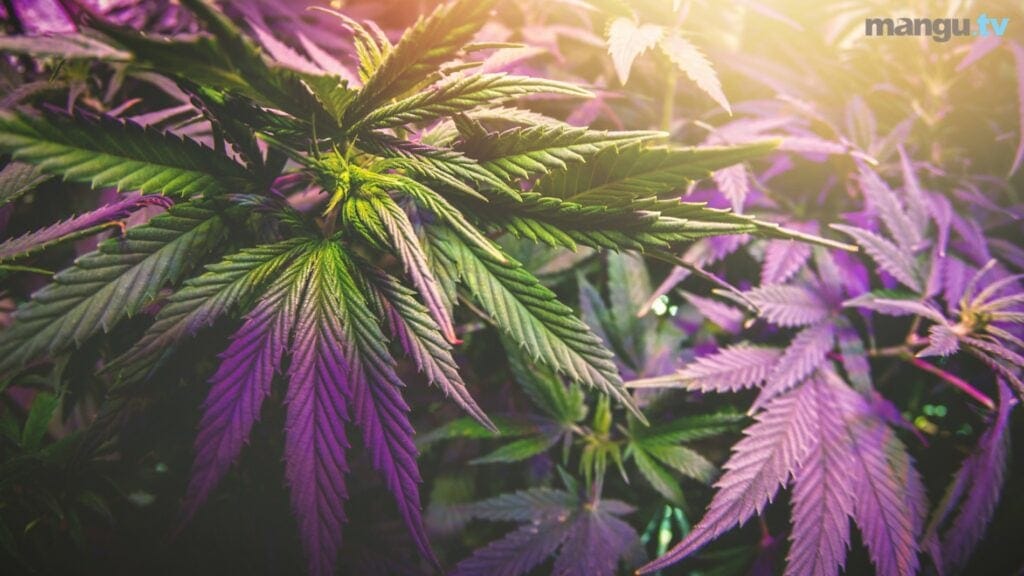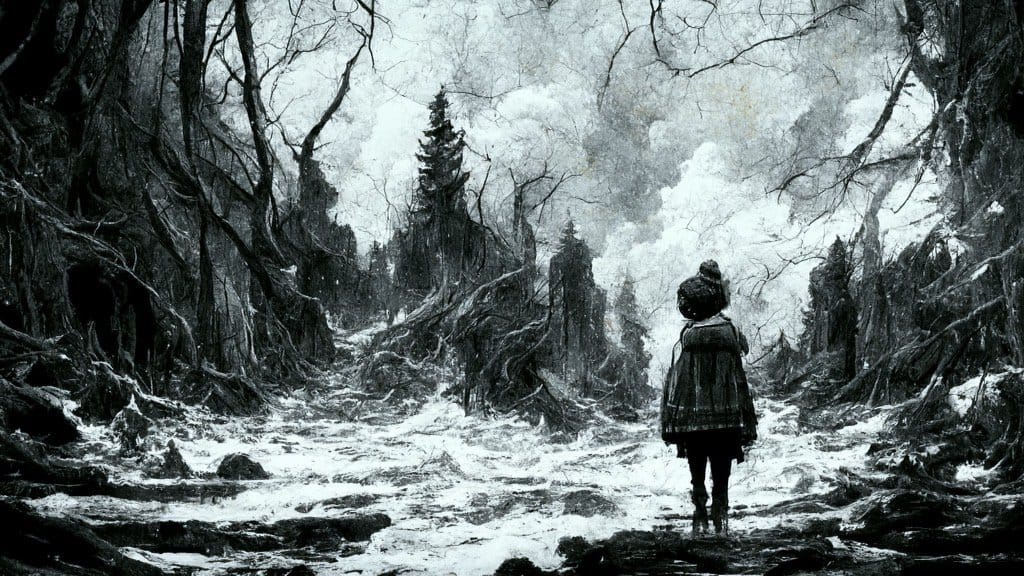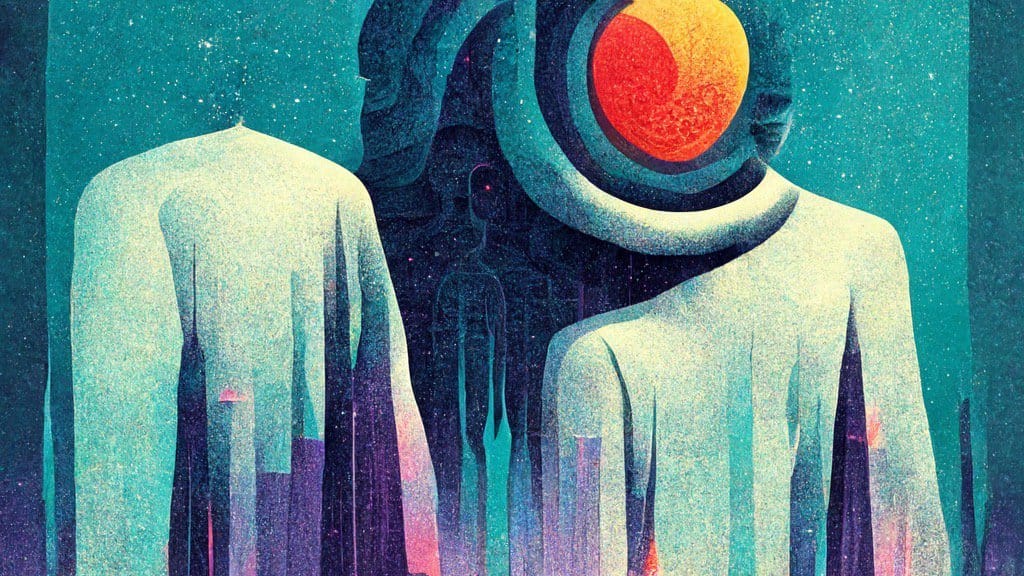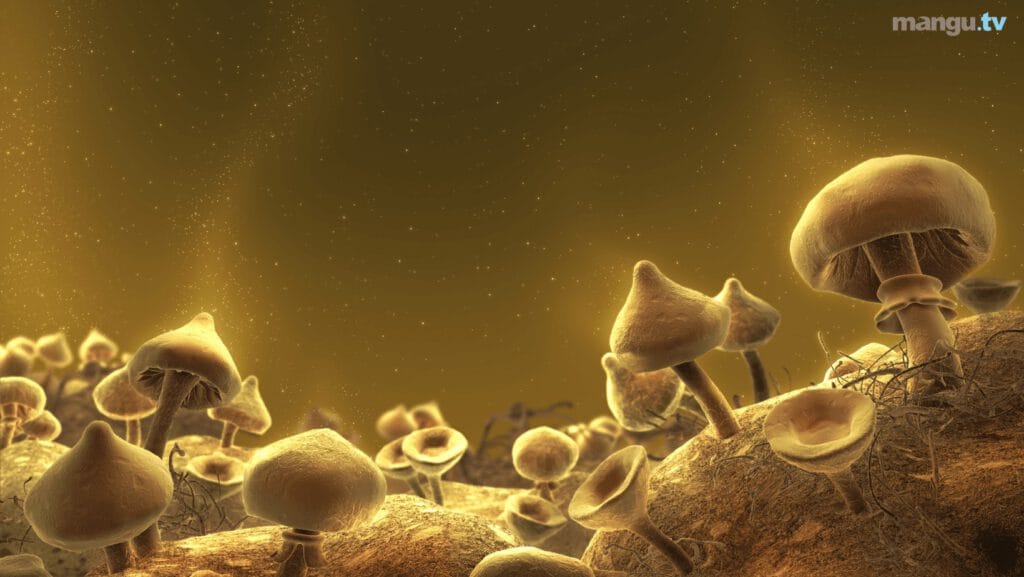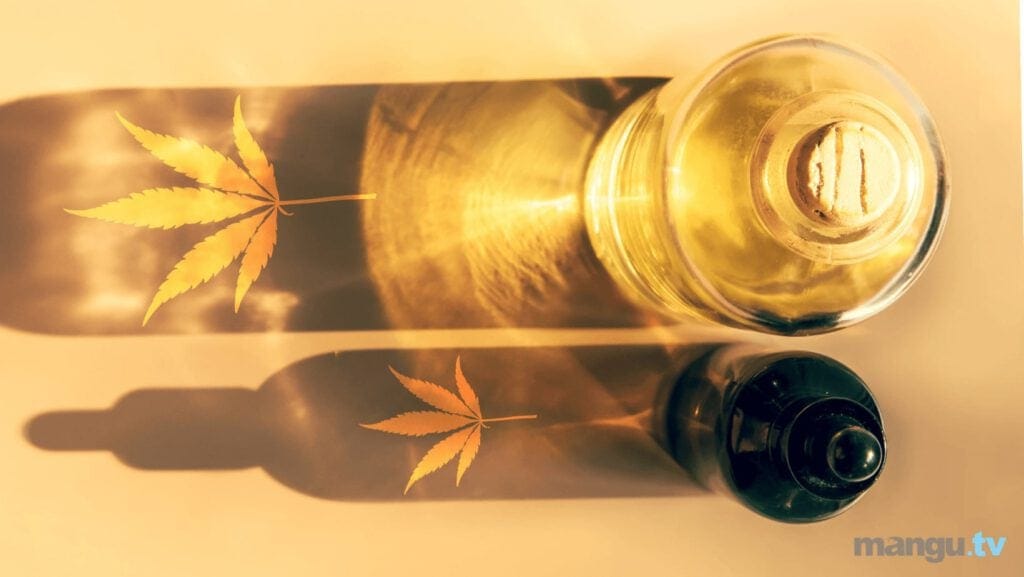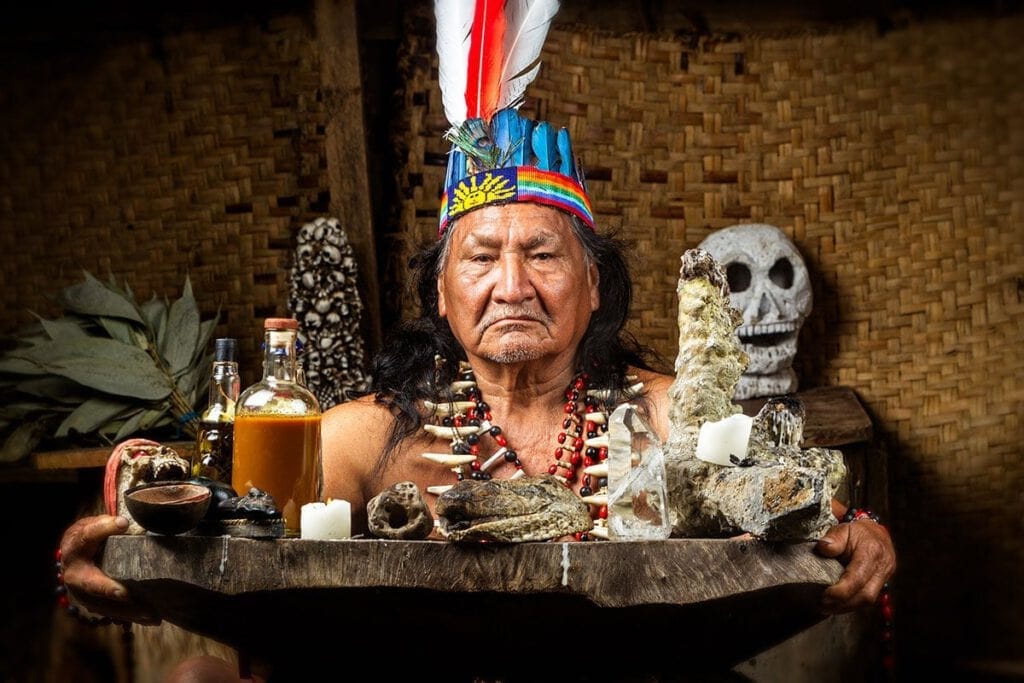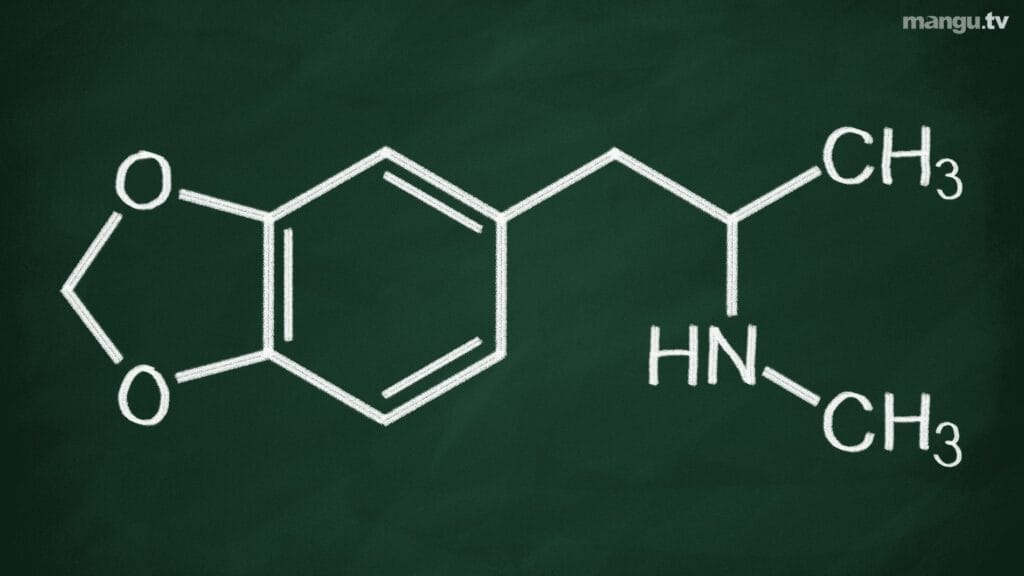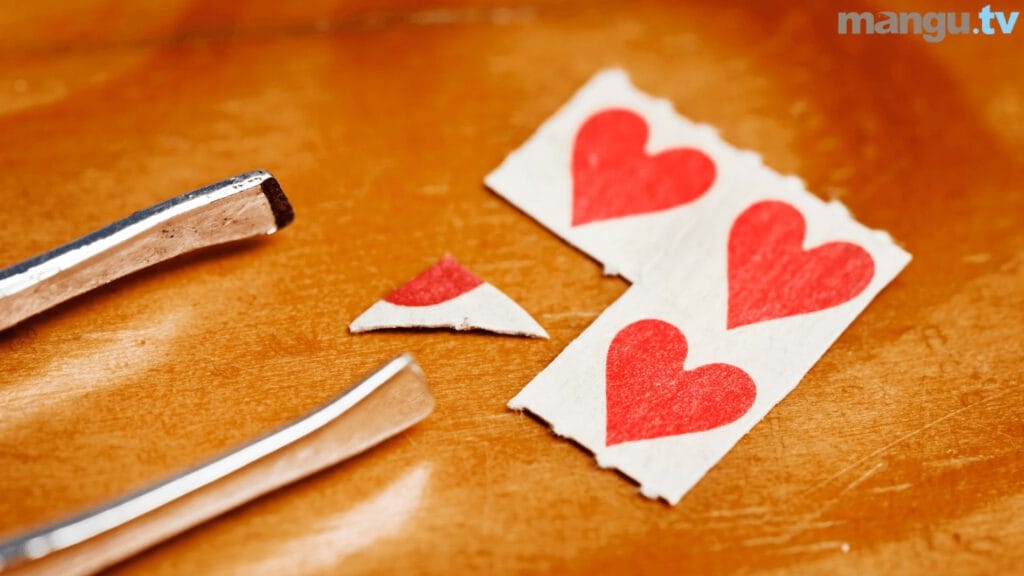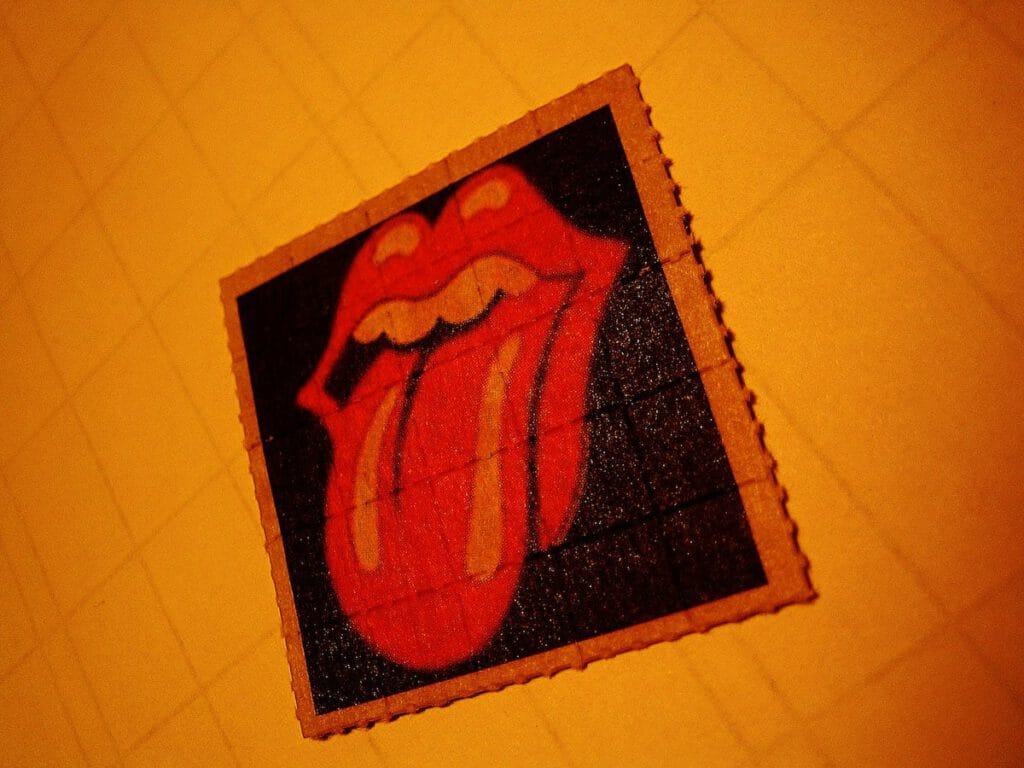If we were to ask you what the most popular illicit drug in the world is, what would you say? If you answered cannabis, you are correct. This curious plant has been around for ages, and today it is more popular than ever. Wherever you look these days, there is news about its numerous benefits. It has been with us for thousands of years, but somehow we are just now making these incredible discoveries. Its story is long but somewhat problematic. We have co-evolved with this distinguished plant for a long time, meaning we have altered its natural course and it has altered ours. However humanity continues to evolve, and with that, societies around the world are embracing the use of cannabis once again.
This calls for a closer look at how cannabis has changed through the decades. Marijuana today is much more potent than it ever was. It also looks different, smells and tastes different. With over 750 strains on the market today, cannabis is a highly manicured product, shining with psychoactive resin. What caused this dramatic evolutionary change? We suspect it was one thing in particular – the American war on drugs.
High Profile
Cannabis is a domesticated plant species. In 1753, Carl Lineus classified the tall plant species with thin leaves as Cannabis Sativa. Later on, a variety of the plant found in India with darker thicker leaves was named Cannabis indica. Another species exists, called Cannabis Ruderalis, and it is a smaller plant found in Russia. Hemp and marijuana are the same species, but hemp plants contain far less THC and are not psychoactive.
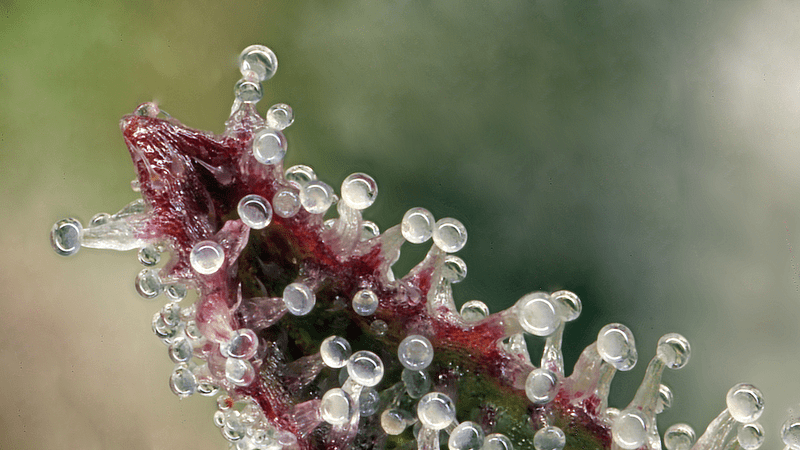
Cannabinoids are naturally occurring compounds found in cannabis plants. While there are a lot of them, the most well-known are Tetrahydrocannabinol (THC) and Cannabidiol (CBD). We also have naturally occurring cannabinoids in our body called endo-cannabinoids, and they serve a variety of regulatory functions.
Most cannabis plants are either male or female, and when cross pollination happens the plant reproduces. Sinsemilla, meaning seedless, originated in California and are any sexually mature female plants that have not been fertilized. In fact, they are intentionally prevented from becoming fertilized so they produce large thick buds with no seeds. These sexually frustrated plants ooze high quantities of psychoactive THC and is what most people smoke today.
The Early Days
The history of cannabis is long and colorful. People have used it for its healing properties for millennia and revered it as a sacred herb. Its use originated in central Asia or western China, with the first documented use dating back to 2800BC, where it was listed in the Emperor Shen Nung’s pharmacopoeia. As humans spread through the continents, so did cannabis, and it was people that introduced the plant into Africa, Europe and eventually the Americas.
Hashish, derived from resin, was popular in the Middle East. While the Quran prohibited the use of alcohol, it didn’t prohibit the use of cannabis. In India, it had become a holy drink for the babas and the sadhus, known as Bhang. In Africa, people used it as medicine and for spiritual pursuits, as it was known for boosting courage before battle.

The history of cannabis cultivation in America dates back to the early colonists, who grew hemp for its fibers. Hemp fiber was used to make clothing, paper, sails, and rope, and its seeds were used as food. Political and racial factors in the 20th century led to the criminalization of marijuana in the United States. The Marijuana Tax Act of 1937 was the first federal U.S. law to criminalize marijuana nationwide. The Act imposed an excise tax on the sale, possession or transfer of all hemp products, effectively criminalizing all but industrial uses of the plant.
War On Drugs
In the 1960s drugs became a symbol of rebellion and political unrest so in the 1970s President Nixon declared war on drugs. He increased the size and presence of federal drug control agencies, and pushed through extreme measures such as mandatory sentencing for all possession offences. Later, Ronald Reagan said: “Marijuana is an intoxicating, mind-muddling drug”, and called it the most dangerous drug in the United States.
At the time, most marijuana in the U.S. came from Mexico, and if you knew anyone who smoked it at the time they would probably tell you it was terrible compared to what’s available today. Once harvested, farmers would often sell the whole plant instead of today’s standard of manicured pounds of flower, and the average THC content sat around 3%. To end the supply coming from below the border, the Nixon administration gave the Mexican government $40 million dollars to spray marijuana (and poppy) fields with herbicide. But this didn’t end the availability of cannabis in America, it just incentivized Americans to start growing it themselves. Cannabis Sativa could only grow in sunny warm climates of California. When the more cold-resistant Indica was brought from the Hindu Kush region in India is when hybrids were created. Cross-breeding sativa and indica allowed cannabis to grow in every single state in the US. Not only did California revolutionize the cannabis market, but with the Compassionate Use Act of 1996, it became the first state to legalize marijuana for medicinal use by people with severe or chronic illnesses.
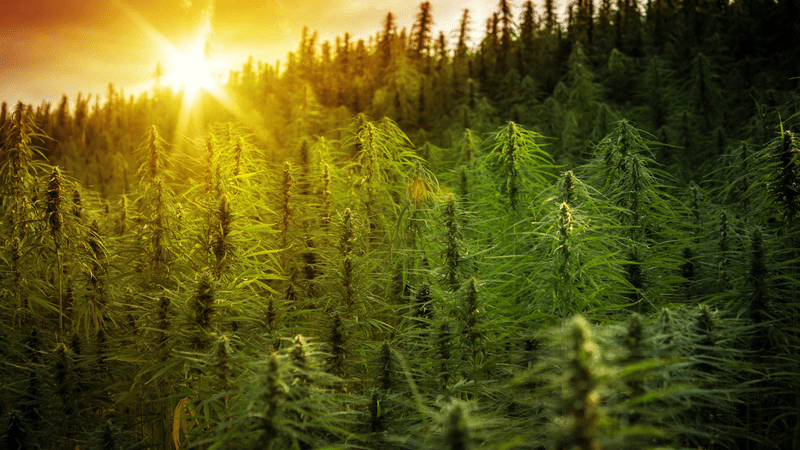
What Are You Smoking?
Today several states across the US have legalized cannabis for recreational purposes, while some countries like Canada have legalized it altogether. Cannabis is prevalent around the world today, hundreds of times more potent, and can be grown anywhere.
Decades ago, the usual THC:CBD ratio was about 11:1, today that ratio is closer to 250:1. Some strains today contain THC concentrations up to 32 percent! Even though there are over 750 strains today, experts agree that names don’t mean much as all the strains have been extensively cross-bred for decades. Some say that even sativa and indica classifications don’t mean anything anymore. The reality is that even with all the classifications and particular strain names, most people cannot be too sure what they are smoking. Market research shows that heavy users have a high tolerance and are in constant pursuit of a better high, driving demand for high potency products. Smokers who prefer a mellow high don’t buy enough to matter in the direction cannabis production is taking.
The Future
We now know that marijuana isn’t the deadly menace it was once hyped up to be, but we also know that it isn’t totally harmless. Observations of long term effects of THC consumption suggest various neural changes that affect diverse cognitive processes. Research shows that younger brains can be more vulnerable to its adverse long term effects. Most people who consume cannabis regularly today are consuming high THC products. While medical cannabis has certainly given medicine a new direction, there is no current research to indicates that high levels of THC are beneficial for any condition. Still, moderate use of cannabis seems to be relatively safe in the long term. However, we don’t know the long term effects of modern high potency products. THC concentrations are still on the rise as humans continue to alter the cannabis genome and derive highly concentrated products. Only time will tell what the future of cannabis and humanity holds.
References:
Cannabis Confusions by Geoff Watts
www.ncbi.nlm.nih.gov/pmc/articlesPMC1336775/
Paraquat Pot: The True Story of How The US Government Tried To Kill Weed Smokers With A Toxic Chemical In The 1980s – www.thoughtcatalog.com
